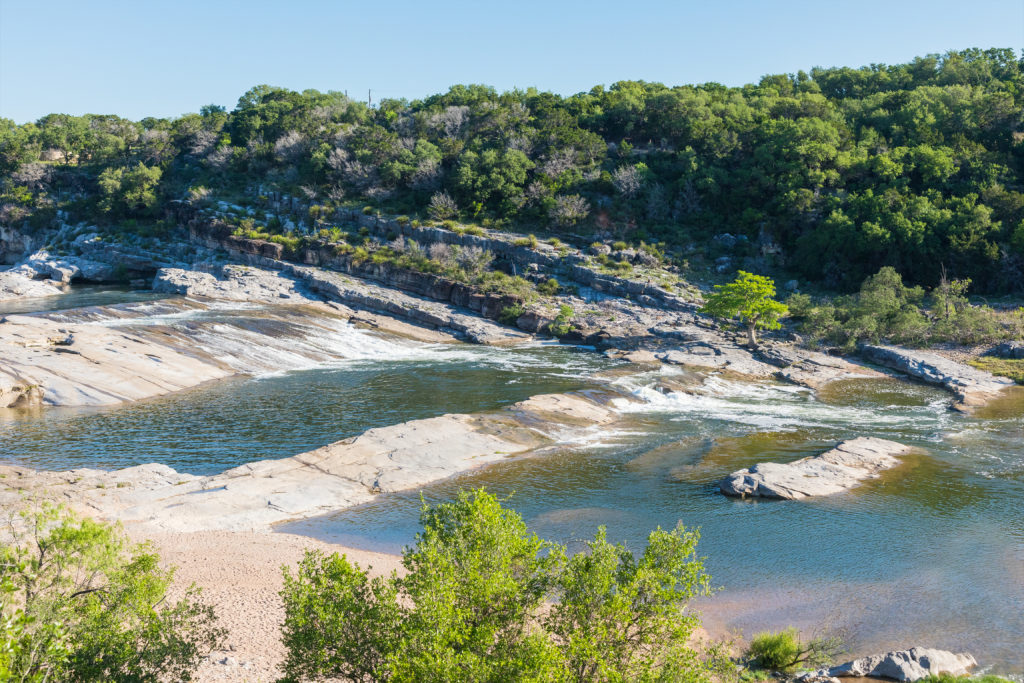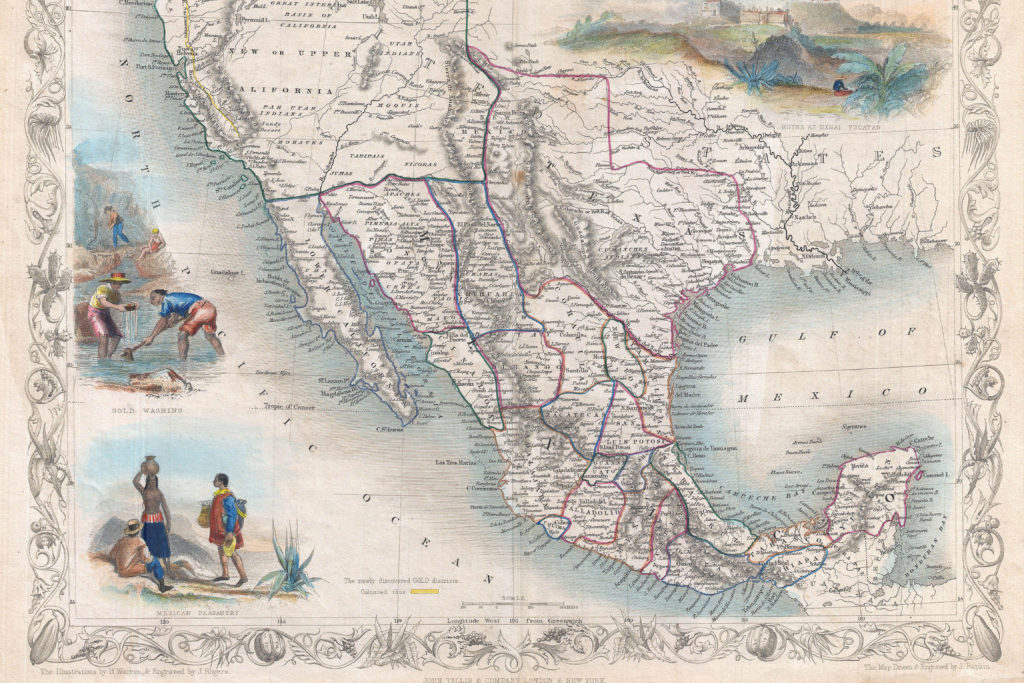The 53ers of the Texas Gold Rush
The history of the United States, in the years after the Civil War, was shaped by the millions of Americans who headed west. Although western expansion began earlier in the century as settlers followed trails blazed by Lewis and Clark into the Louisiana Purchase as well as into new land grants established in places like Texas, migration accelerated in the late-19th century. There were many reasons that drove Americans west: cheap land, economic opportunity, the belief that Americans were destined to spread coast-to-coast because of Manifest Destiny. But there was perhaps no more romantic, high-stakes, risky impetus to head west than the Gold Rush.
There were two major Gold Rushes in U.S. history. When gold nuggets were discovered in the Sacramento Valley of California in 1848, reports of the instant riches were printed in eastern newspapers, and nearly 100,000 hopeful miners, nicked named “49ers” set out the following year. In 1896, another gold discovery, this time much further north in the wilderness of Alaska, prompted another 100,000 hopefuls to head to the Klondike. These are the two most famous gold rushes, however, there was another, little-known gold rush that most histories of westward expansion have forgotten. In 1853, a one-column story in the New York Times reported the discovery of gold in the new State of Texas. It was enough to spark the Texas Gold Rush.

Hill Country Jackpot
In the early-1850s, the U.S. was still suffering from gold rush fever, as reports of the overnight millionaires in California (most overblown) filled salacious columns in eastern tabloids. It makes sense that reports of gold unearthed in the Upper Colorado River began to spread through the nation’s newspapers. This April 20, 1853, report from the New York Times was picked up from a report first printed in the New Orleans Picayune:
“The news fully confirms the previous reports received of rich discoveries of gold on the Upper Colorado River, and also above Austin,” the paper wrote. “Large amounts had already been collected by those who proceeded to the ‘diggins,’ and the greatest excitement prevailed throughout all Texas.”
There’s no knowing how many people dropped the morning paper, packed their bags, and headed to Texas after reading the report. But what we do know is that newspapers continued to dig for stories about the supposed gold discovery in Texas. About a month after the initial column, the New York Times picked up another story from the Galveston News that told of large gold mines near Austin.
“The steamer James L. Day arrived this morning from Aransas and Matagorda Bays,” the paper wrote. “The most important item of news is the discovery of gold mines in Hamilton’s Valley, above Austin. We have heard rumors of these mines by gentlemen from the interior, but we had occular proof of their existence in a specimen which Captain Talbot exhibited to us this morning. It is a piece of quartz rock, a little larger than a common-sized marble, with pieces of bright gold attached to it. The color of the gold is much clearer than California specimens.”

Tall Tales
It isn’t difficult to see the problems with these reports. The newspapers printed hearsay about large gold deposits in the Hill Country when, in fact, there aren’t many large gold despots in Texas. In fact, metal deposits in Texas are rare. Production of gold has been limited to West Texas, near Presidio and Hazel, as well as the Llano Valley. Over the past 150 years, Texas has produced only about 8,277 ounces of gold — not enough to make any 19th century Texas gold rushers rich. But during the difficult years of Reconstruction, stories of easy riches in new lands west of the Appalachians sold newspapers, and editors were eager to print them.
The 1853 reports of Texas gold also fed on a long history of belief that Texas hid wealth beneath its soil. Spanish explorers held out hope that they would find gold in Texas. In the 16th century, Spanish conquistador Francisco Vázquez de Coronado headed east from Santa Fe with hopes of finding a rumored “City of Gold,” and his explorations took him into Texas and through the Panhandle. It’s possible that these stories helped feed confidence that Texas was rich with gold. Newspapers reported that several parties of would-be miners organized in Texas to search for gold near Austin, San Antonio, Seguin, and Gonzales.
By May 1853, the story had spread to other papers around the country. The Alton Illinois Weekly Courier reported that the Texas mines were busy with activity. “The latest news from Texas will excite all those who desire to make money in any other than the natural way—by hard work of the hands and brain,” the paper read. “There are now from 300 to 400 persons at work in the mines, and we learn that they are averaging from $5 to $10 per day each, and some few of them have already succeeded in gathering as much as $1,500 to $2,000 worth of gold.”
An Austin newspaper confirmed that around 500 Texas gold rushers were at work north of the city and reported that one miner claimed to have found around $500 worth of gold in just two days of work. Such discoveries, if true, were short lived. By the end of the summer of 1853, reports of findings fizzled out, and some newspapers began to raise doubts about the supposed boon. The Texas Gold Rush did not end up inspiring the mass migrations that shaped the histories of California and Alaska. But there are some reports that a little gold can still be found in some of the tributaries that flow into the Colorado and Llano Rivers. If true, it is likely only enough to offer a summer tuber an afternoon’s souvenir.
While there might not be much gold left to find, there is buried treasure in Texas to be found, according to legend.
© 2022 Texas Farm Bureau Insurance



